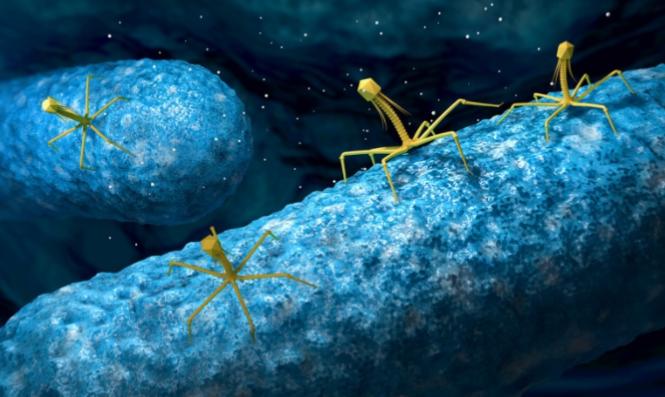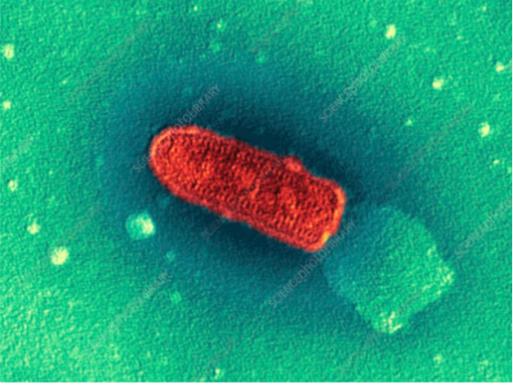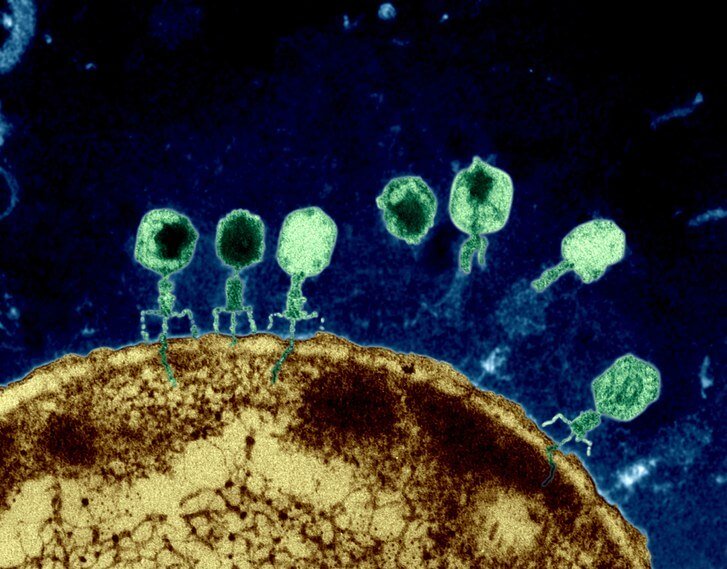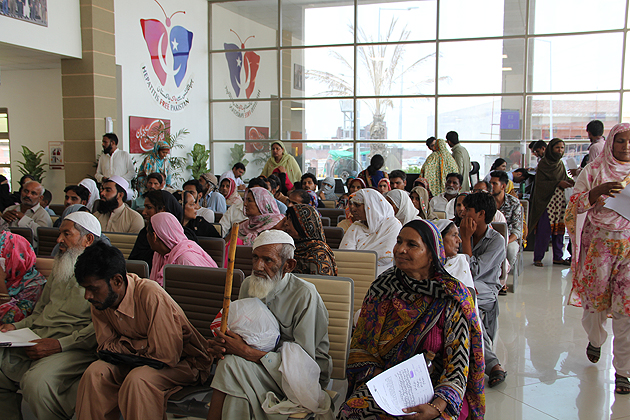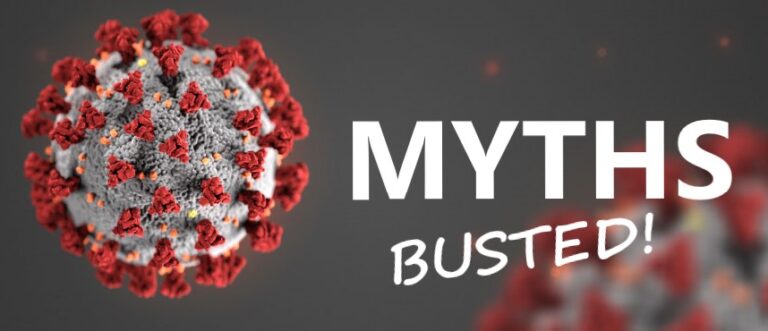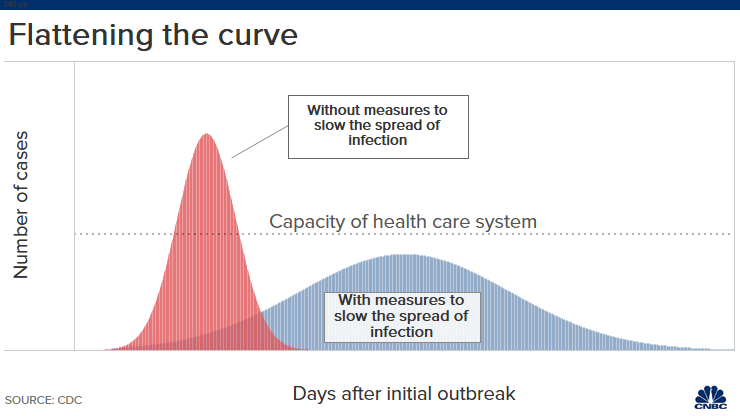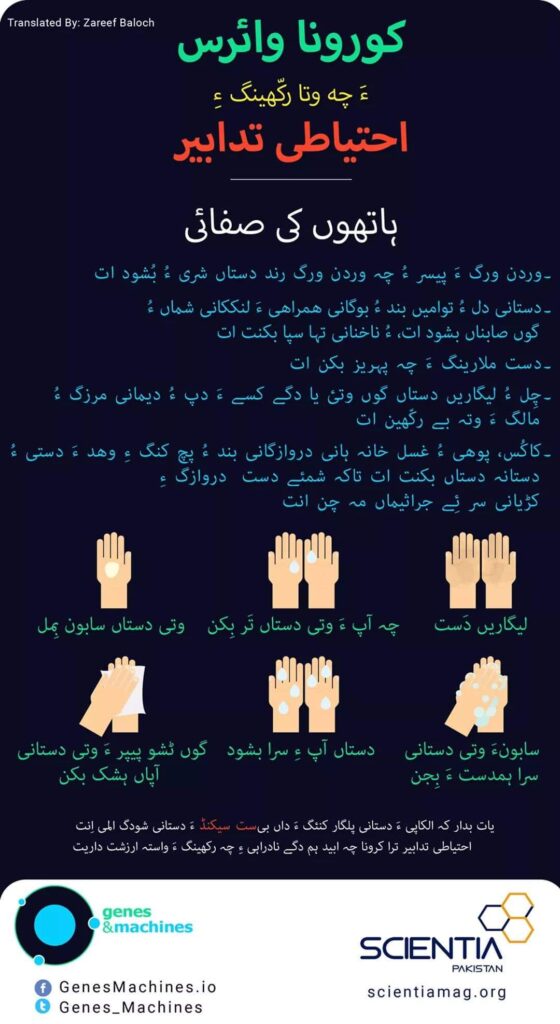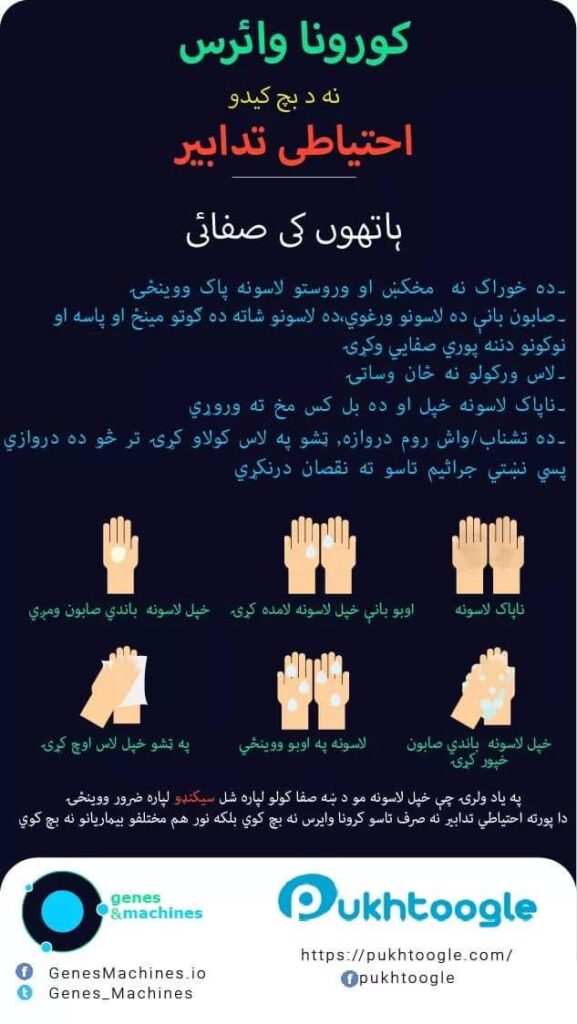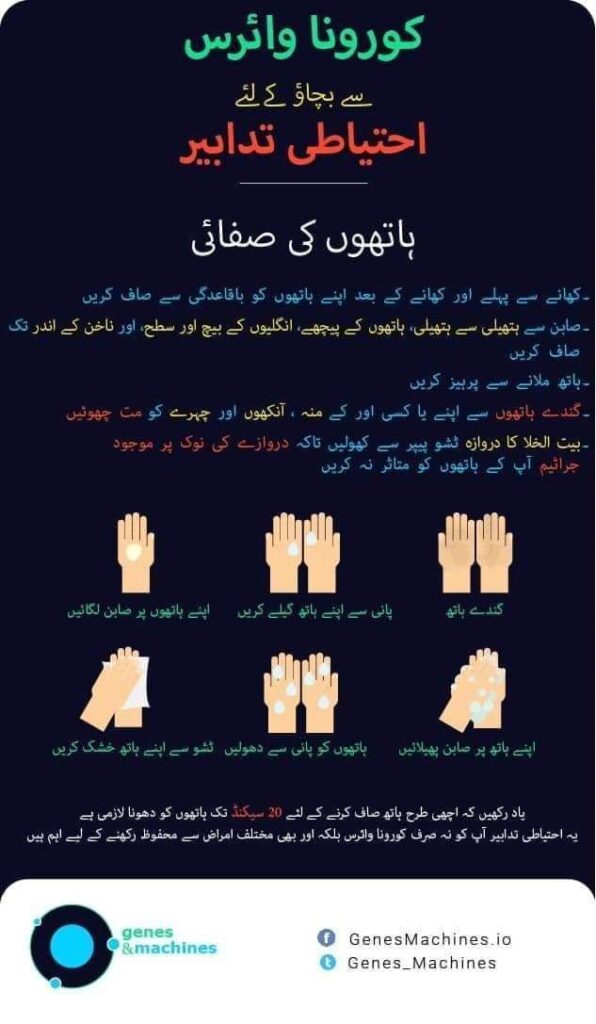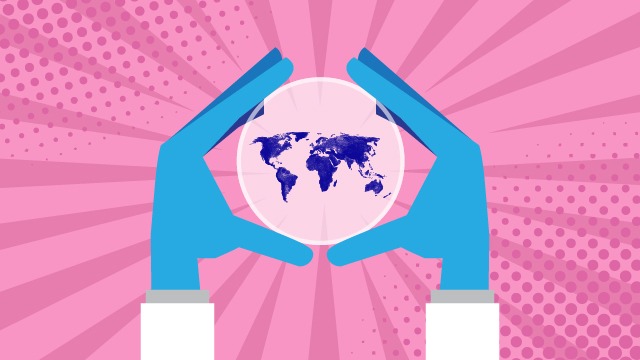Influenza, commonly known as Flu, has a prolonged outbreak history dating back to 2,400 years ago. The first evidence of the virus was observed in 1580, started in Russia and spread through western Europe and Africa. In Rome, it killed over 8,000 and destroyed many Spanish cities.
In the 19th century, Spanish influenza was considered as one of the severe virulent illness that killed almost 40 million people around the globe as the virus spread from city to city. Some reports indicate that total deaths were near 70 million. The epidemic covers fearful stories of people dying within a few hours of getting exposure to Flu. The mortality rate was highest among the adults aging in 50 who were for unknown reasons were more sensitive towards the strains of influenza.
It started in Kanas in the early spring of 1918, spread throughout Europe in the same season. Although Flu seemed less dangerous in the summer season, Spanish Flu appeared deadly. The infections travel through towns, cities, and continents crushing their hospitals and had devastating effects in Spain till the autumn of 1918. Initially, it was thought that influenza is caused by bacteria, and there was no treatment or vaccine available. The virus affects reduced till 1920, but it keeps on circulating for decades among individuals with no proper medication; however, after a long time, scientists came across that 1918-1919 pandemic is caused by virus HINI influenza.
Decades later, a new virulent flu-type was observed in February 1957, a few signs of severe Flu was observed emerged from China. Influenza remained a yearly occurrence after the 1918 pandemic, but no new, virulent influenza type appeared until then. This Asian Flu resulted in around 2 million deaths in Asia and 70,000 deaths in the United States. In the meanwhile, Maurice Hilleman, a microbiologist, observed a large number of people affecting by a new type of virulent. He and his team studied the sample of the virus and found that people don’t have antibodies protection for this influenza, which was H2N2 type. However, certain people who survived the 1889-1890 influenza pandemic showed antibody response towards this 1957 influenza. Hilleman quickly started vaccine production by sending virus samples to manufacturers and insisting them to develop a vaccine in a short period of four months.
In winters of September 1968, the United States experienced the virus H3N2. The vaccine for this virus was formed quickly but was not quick enough as the pandemic caused 34,000 deaths in the United States. Some scientists observed that H3N2 similarity with Asian Flu protected people from the more harmful effect it may have caused.
Avian Flu, 1997, as the name indicates, caused by infected birds to humans. It aroused from Asia through H5N1 of avian Flu resulting in a massive proportion of death. The spread was inclined specifically in 2003-2004 by the end of millions and tons of poultry and waterfowls. Luckily, the virus was not contiguous but could only transfer from birds to humans, and through less interaction with birds, the proportion of spread was controlled. After the death of a large quantity of poultry flock, the threat to the virus was decreased to a more significant extent. However, the scientist suggested that this deadly viral strain could result in a severe future pandemic that could be contagious.

In March 2009, Mexico experienced a massive death toll by a Flu. Many cases were also reported in California and Texas, along with other places. The scientist with a great deal of research identified that the Flu is caused by the influenza H1N1 virus, and its origin was majorly through pigs. The individuals over the age of 65 experienced 90% of deaths and children through seasonal Flu, and 87% of deaths were caused in individuals below the age of 65 through H1N1. It was noted that the people born before 1950 showed pre-existing immunity towards the virus because the virus type H1N1 was similar to the Spanish Flu of 1918. Some scientists also predicted that it was the same Spanish Flu circulating in the environment that resulted in Novel H1N1. CDC evaluated that 42 million and 86 million cases of 2009 H1N1 appeared in the US between April 2009 and February 2010. The evidence that people hospitalized due to H1N1 were 188,000 and 389,000 and the total death toll was 8,520-17,620 approximately.
Each year, the United States experiences a severe flu season. The 2017-18 season was the deadly and 2018-19 was one of the longest than the previous flu seasons. CDC reported that 6.4 million become sick with Flu, with 55,000 hospitalizations and 2,900 deaths.it was seen that 45 states, which almost form half of the regions in each country was under the influence of influenza. During the 2019-20 CDC reported 14,000 deaths, 250,000 hospitalizations, and mere than 26 million Americans have fallen sick because of Flu. The flu vaccine 2019-20 was developed against H1N1 and H3N1 influenza with two strains that circulated in the environment and made it difficult for the researcher to decide which vaccine they had to go with for the next flu season.
The human immune system which resists viruses attacks depends upon the exposure of the individual to the viruses itself or the vaccine. The immune system store the information for any viral attack on the body, and the next time when a particular virus attacks the body, it has already developed antibodies initially, which is the natural defense system of the human body to deal with the viral infection. It is important to note that influenza viruses can quickly mutate or change rapidly, and within a few years, it develops new strains. This process is known as “antigenic drift.”
If people get exposed to a known strain of a specific virus, the body will have a pre-existing immunity in the body that protects, and the ailment will be mild. However, if a different or mutated strain attacks the human body, which won’t have the pre-existing immunity. This is called “antigenic shift,” and it causes severe widespread with serious illness. The first vaccine against influenza viruses was discovered in 1938 by Jonas Salk and Thomas Francis during World War II.
KEY FACTS ABOUT INFLUENZA (FLU)
Influenza is known as Flu, is a contagious ailment caused by influenza viruses, which mainly affect the throat, nose, and sometimes lungs. The illness caused may be small to severe or even can lead to death. There are two main types of Influenza viruses, Type A and B. Influenza A viruses can be broken down into sub-types depending on the genes that make up the surface proteins. Throughout a flu season, different types (A & amp; B) and subtypes (influenza A) of influenza circulate and cause ailments.
The common symptoms of influenza including cough, sore throat, runny and stuffy nose, fever, muscle and body ache, fatigue, headache, sometimes people also experience diarrhea and vomiting, especially in children than adults. However, it should be noted that fever is not a compulsion in the Flu. According to physicians, Flu usually spread by an infected person, coughing and sneezing or talking as it results in entering tiny droplets to others. Flu can also attack individuals by coming in contact with a surface or objects that had the influenza virus on it and then touching their mouth, nose, or eyes.
KEY FACTS ABOUT COMMON COLD
The common cold or simple cold is a transmissible illness reported by experts is caused by more than 200 viruses. Still, the most common one is rhinoviruses, which belong to the genus Enterovirus in the family Picornaviridae. The three species of rhinovirus A, B, and C include nearly 160 known and recognized types that differ based on their surface proteins. Common cold causes viral contagious disease of the upper respiratory tract, which mainly affects nose, throat, larynx, and sinuses are impacted. It observed that symptoms for cold appear less than two days initially, causing coughing, sore throat, runny nose sneezing, headache, and fever. Experts report that patients recover within seven to ten days or in an extreme situation for up to three weeks.
HISTORY OF COMMON COLD
The history of regular cold dates back to 1950. The symptoms and treatment for the common cold are mentioned in the Egyptians “Ebers papyrus,” which is one of the oldest medical text presents today and was written before the 16th century BCE. It was named cold Flu because of its similarity with the symptoms to individuals exposed to cold weather. It recorded that around 200 years ago, a virus causing common severe symptoms appeared in humans and initiated in birds that have crossed the specie barriers.
In the United Kingdom, the medical research council established standards cold unit in 1946, and it was the place where rhinoviruses were discovered in 1956. In the 1970s, the collective cold units explained that during incubation phase treatment with interferon of rhinovirus infection protects somehow from common cold disease, but no productive treatment was founded. In 1989, after two years, the research completed with zinc gluconate lozenges in the prophylaxis can serve as treatment of rhinovirus colds. This was considered as the only successful treatment in this virus history.
DIFFERENCE BETWEEN INFLUENZA (FLU) & COMMON COLD
Flu and the common cold are both respiratory ailments, but they differ in the viruses that cause them. Also, as both have similar symptoms, it is difficult or even impossible to predict for Flu and cold based on symptoms. In general, Flu has more intense symptoms and worsen than a common cold. Also, Flu can occur in any season, but cold is prominently seen in winters. However, both can be treated with antiviral drugs and proper care, such as making soups, warm clothing, heating, and insolation during winters.
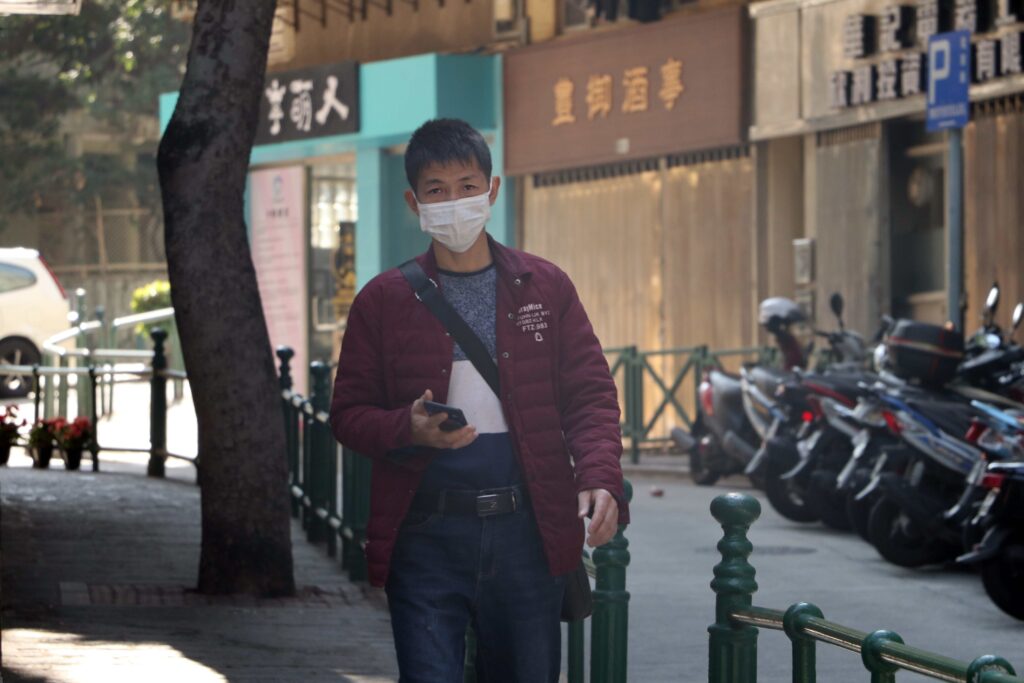
DIFFERENCE BETWEEN FLU, COLD, AND COVID-19
It is observed that Flu, common cold, and COVID-19, commonly known as coronavirus, show more or less similar symptoms, but COVID-19 is more severe and intense in comparison to Flu and the common cold. The novel 2019 coronaviruses are a large family of viruses that can cause ailment from the common cold to severe Middle East Respiratory (MERS) infections and Severe Acute Respiratory Syndrome. The COVID-19 transmits mainly through physical contact among individuals when an infected person coughs, saliva discharge, or sneezes.
The symptoms for COVID-19 usually appear within 2-14 days like fever, shortness of breath, cough, trouble in breathing, persistent pain, and pressure on the chest, bluish lips, and face. A person experiences severe chills and seizure if not reported timely to doctors and result in ventilation and ultimately cause death. The 2019 novel coronavirus (SARS-CoV-2) is a new strain in the viruses type and is not identified by humans before. Its spread was causing (COVID-19) a significant threat to the world and produced approximately 27,441 till March 29, 2020.
CONCLUSION
Following steps are useful and need to follow when dealing with Flu, common cold and COVID-19:-
- Regularly wash your hands with anti-bacterial soap. It will protect you from getting infected through objects and person who is already infected or sick.
- Scrub your hands, wrist, between fingers, nails at least for 20-30 minutes.
- If you are an adult or child, you are more susceptible to getting infected through Flu, common cold and COVID-19 or other viral infections, using disposal face are very useful as they are inexpensive and give you protection against ailments.
- Get your children vaccinated against seasonal common flu strains and keep them in a home if they get infected though any viruses.
- When you experience common cold, try to make soups, tea, coffees and wear warm clothes and try to keep yourself in heating rooms.
As COVID-19 is a new strain with more severe effects than Flu and common cold and also, no vaccination is available for it. So special care is required to avoid ailment. Following steps would help prevent the spread of SARS-CoV-2 including:-
- Regular hand washing with anti-bacterial soap and water for at least 20 seconds.
- If water and soap are not available to use sanitizer to clean your hands.
- Avoid touching your face, specifically mouth area and nose.
- Cover your mouth and nose when coughing or sneezing with the inner elbow.
- Avoid crowded areas or physical contact people such as a handshake, hugs, etc.
- Keep your house or objects disinfected by spraying disinfectants.
- Stay at home if you are feeling unwell even if you are suffering from slight fever or cough.
- Especially avoid contact with people suffering from respiratory illness, including coughing or sneezing.
- If you suffer from fever, cough, and difficulty breathing, visit a hospital ASAP.
- If symptoms of COVID-19 appear, self isolate and quarantine yourself and take precautions suggested by the doctor.
Also, read The Hepatitis virus; an overburdening toll on Pakistan




